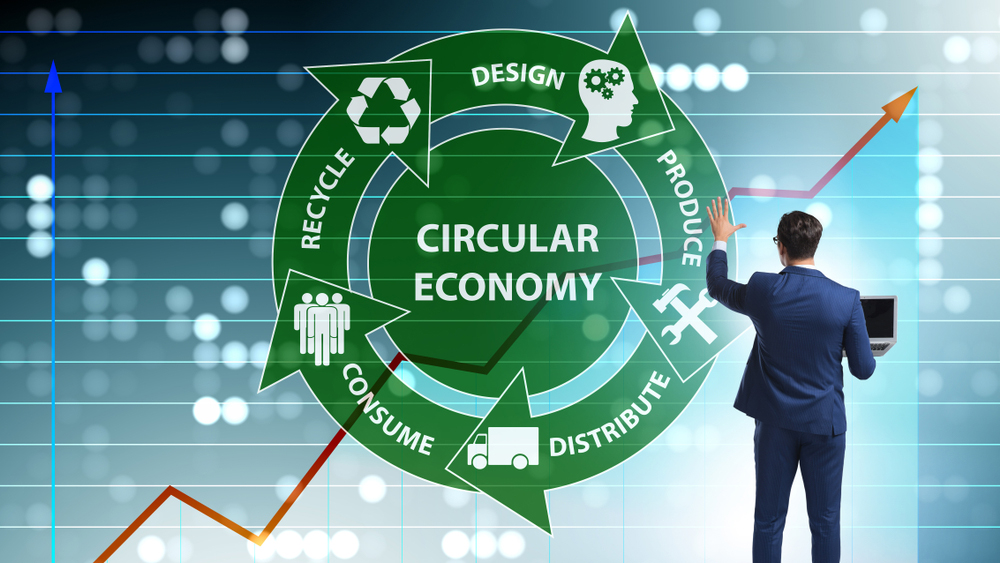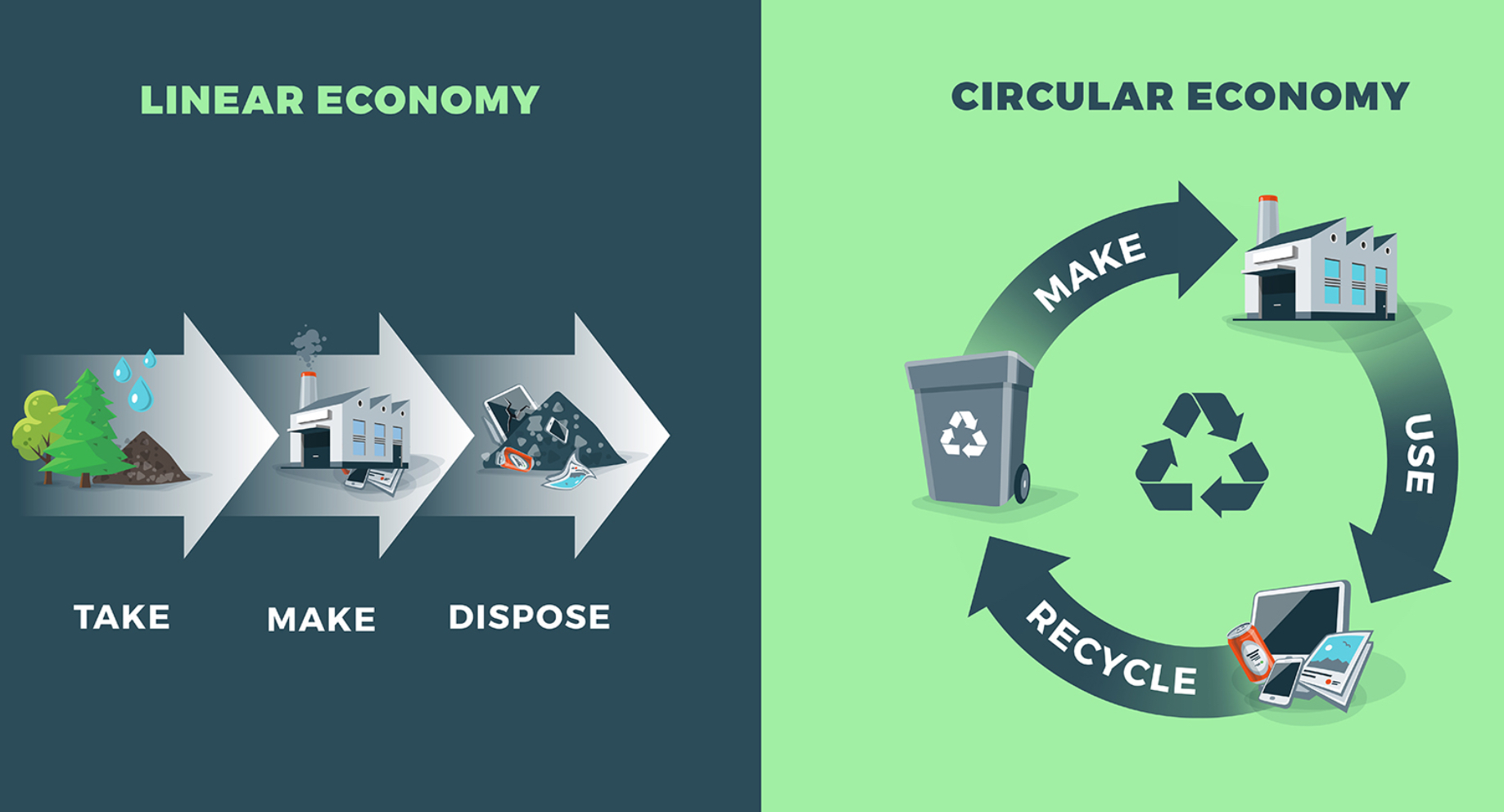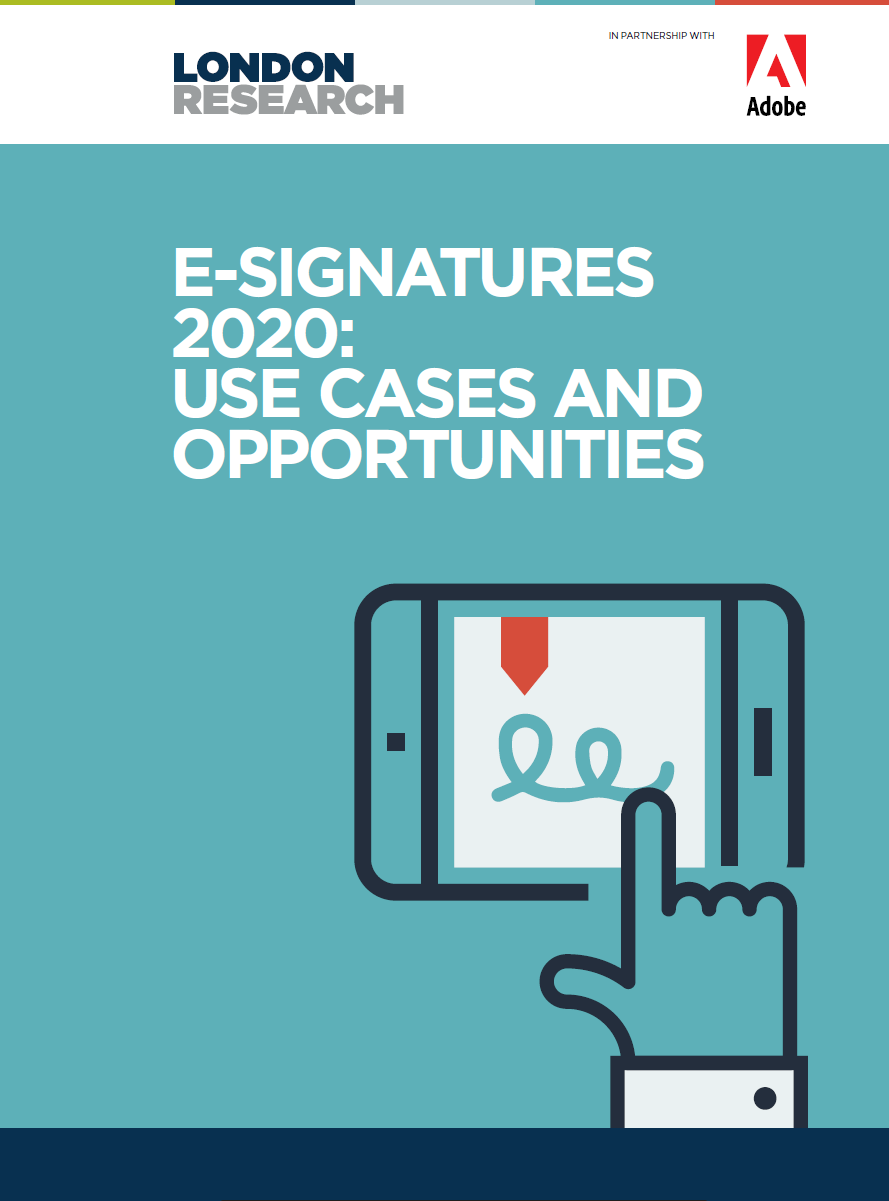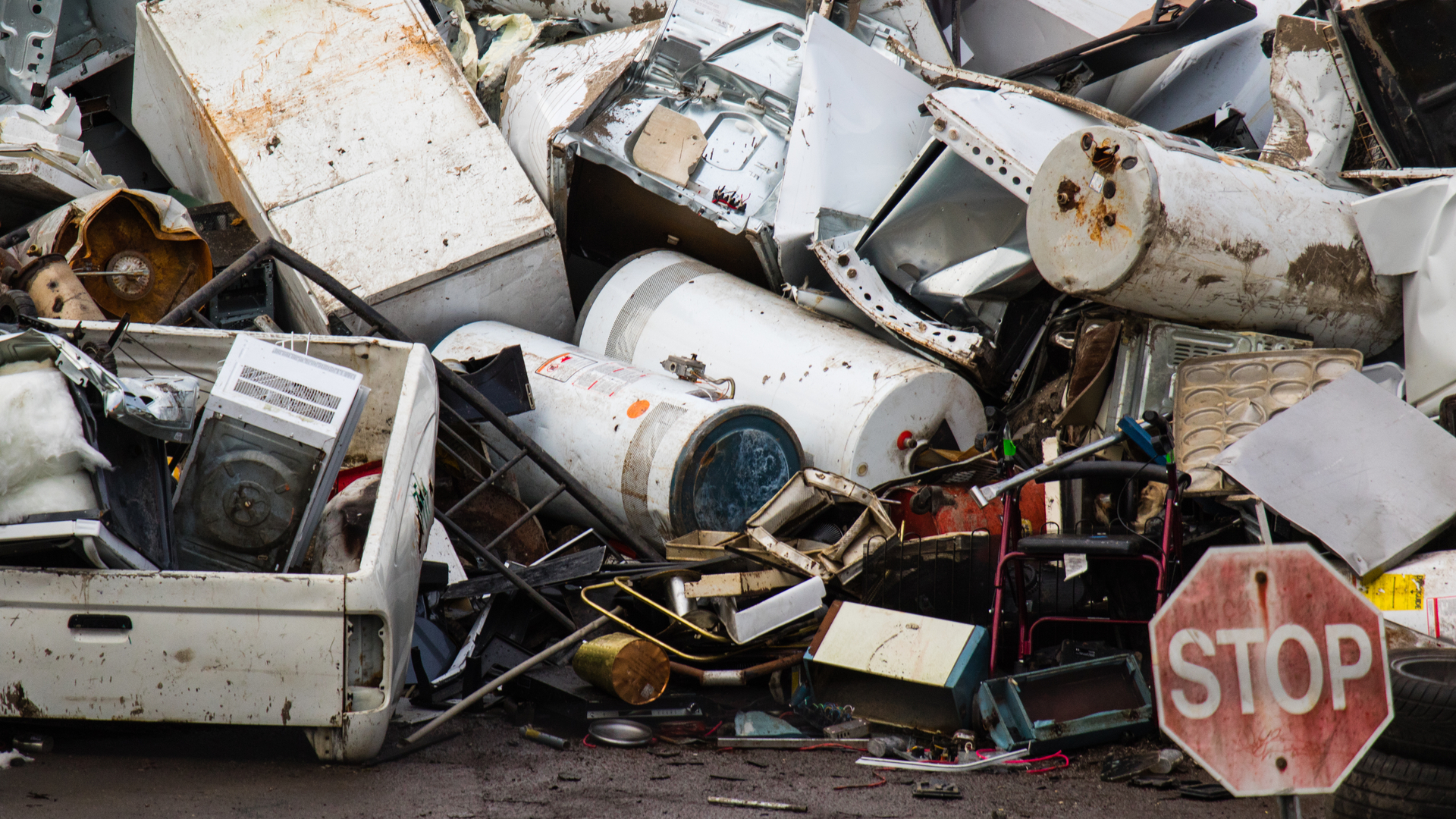What is a circular economy?
Climate change and dwindling resources mean we need to create new models of consumption


The 'circular economy', or 'circularity', is an economic system used to eliminate waste and continued use of precious resources. It has been a big issue for the hardware side of technology, where physical products end up on landfill sites, without proper plans for recycling.
It's about creating a closed-loop system for resuing, sharing, repairing, refurbishing, remanufacturing and recycling to minimise the use of resource inputs, waste, pollution and carbon emissions.
For businesses, it's about getting the most out of available resources by taking as much value as possible out of them throughout all stages of production. By avoiding the traditionally linear nature of the economy, it focuses on recovering older products which are perceived to be at the end of life and or on the scrap heap. In essence, it's the antithesis of the linear economy, which has been heavily criticised as "resource-intensive" and harmful to the environment.
That is why many, including the Ellen MacArthur Foundation, have dubbed the linear economy as "take-make-waste".
"The linear economy has to change," the foundation states. "We must transform all the elements of the take-make-waste system: how we manage resources, how we make and use products, and what we do with the materials afterwards. Only then can we create a thriving economy that can benefit everyone within the limits of our planet."
The circular economy does away with manufacturing products to meet demand and instead emphasises the impact it has on the world. However, to ensure the system is sustainable, the circular economy must begin at the design stage of products - sustainable by design, if you will. Around four in five global environmental waste is created under a linear economy, just to highlight why it is critical to implement environmental considerations in this phase.
In doing so, manufacturers can ensure they are minimising waste from the offset, creating products that can be used for as long as possible and then creating new use cases so that a product continues to be of value rather than becoming obsolete as would be the case in a linear economy.
Sign up today and you will receive a free copy of our Future Focus 2025 report - the leading guidance on AI, cybersecurity and other IT challenges as per 700+ senior executives

Credit:https://www.instarmac.co.uk/linear-vs-circular-economy/
What are the benefits of a circular economy?
There are many benefits to a circular economy, some obvious and immediate and some not so clear-cut or short-term.
The ability to reduce the amount of stress and suffering on the environment is a no brainer, but there are myriad other benefits, too.
One positive side effect for businesses aside from doing the right thing is the ability to increase profitability. On the face of it, creating fewer "new" things may seem a barrier to increased financial health, but making better use of resources can offer a win for organisations.
Indeed, McKinsey carried out a major study with the Ellen MacArthur Foundation a few years ago that found the efficient reuse of natural capital could give Europe a 3% boost in resource productivity come 2030, while at the same time generating savings of 600 billion a year and 1.8 trillion more in the form of other economic benefits.
"The circular economy is your biggest challenge and your biggest opportunity. Celebrated as a catalyst for disruptive innovation, it can still result in nothing more imaginative than recycling initiatives... A clear example of this happens in the steel industry, which recently described itself as the Permanent Material in the Circular Economy'. Why knock down a building to melt a girder to make a girder, when the original girder was robust?" said Nick Liddell, visiting fellow at Cranfield University and director of strategy at The Clearing.
"Amazing things happen as a result of collaboration; entirely new ways to unlock value at different levels of the economy emerge. The circular economy is a great way to get people asking interesting questions they wouldn't otherwise consider.
"Tomorrow's leaders won't be the businesses that most effectively stamp on their competitors. The future belongs to those who can balance the art of competition with the art of collaboration. And the question of what have we got that we can share' is worth spending time on," he added.
RELATED RESOURCE

E-signatures 2020: Use cases and opportunities
Your comprehensive guide to how e-signatures can benefit your business
FREE DOWNLOAD
Where are things headed?

In many respects, the UK is actually doing quite well in terms of focusing on sustainability at all levels.
The government launched a 25-year environmental plan in 2018 in a bid to outline what the country could do and is doing in respect of helping to deliver on wider CSR goals.
"Our strategy sets out how we will go further and faster, to reduce, reuse, and recycle. We will cut our reliance on single-use plastics, end confusion over household recycling, tackle the problem of packaging by making polluters pay, and end the economic, environmental and moral scandal that is food waste," Michael Gove, Environment Secretary, said at the time.
All UN member states have committed to sustainable development goals (SDGs), which aim to make the world a better place by reducing poverty, eradicating hunger, ensuring clean water and sanitation, tackling climate change, and more.
The aim is to meet the SDGs by 2030. There are 17 core goals in total and number 12 is responsible for consumption and production, which fits squarely into the aims of a circular economy.
"Everyone is needed to reach these ambitious targets," according to the United Nations Development Programme (UNDP). "The creativity, knowhow, technology and financial resources from all of society is necessary to achieve the SDGs in every context."
With bold aims set at an organisational, governmental and geographical level to reach, fairly soon, net-zero, there is much to be done to achieve them.
A report by the Ellen MacArthur Foundation, published in September 2019, suggested archiving this net-zero aim would never be possible without a circular economy approach being actively embraced.
"Switching to renewable energy plays a vital role in addressing climate change, but this alone will not be enough. In order to achieve targets on climate, it is critical that we transform how we design, make, and use products, and food. Completing the picture through a transition to a circular economy can enable us to meet the needs of a growing global population, while creating a prosperous and resilient economy that can run in the long term," said Dame Ellen MacArthur, founder of the Ellen MacArthur Foundation.
"This paper [Completing the Picture: How the Circular Economy Tackles Climate Change] shows that transitioning to a circular economy is not only an opportunity to tackle emissions across sectors, but to design an economy that is restorative and regenerative, creating benefits for society, businesses, and the environment."
Maggie has been a journalist since 1999, starting her career as an editorial assistant on then-weekly magazine Computing, before working her way up to senior reporter level. In 2006, just weeks before ITPro was launched, Maggie joined Dennis Publishing as a reporter. Having worked her way up to editor of ITPro, she was appointed group editor of CloudPro and ITPro in April 2012. She became the editorial director and took responsibility for ChannelPro, in 2016.
Her areas of particular interest, aside from cloud, include management and C-level issues, the business value of technology, green and environmental issues and careers to name but a few.
-
 Trump's AI executive order could leave US in a 'regulatory vacuum'
Trump's AI executive order could leave US in a 'regulatory vacuum'News Citing a "patchwork of 50 different regulatory regimes" and "ideological bias", President Trump wants rules to be set at a federal level
-
 TPUs: Google's home advantage
TPUs: Google's home advantageITPro Podcast How does TPU v7 stack up against Nvidia's latest chips – and can Google scale AI using only its own supply?
